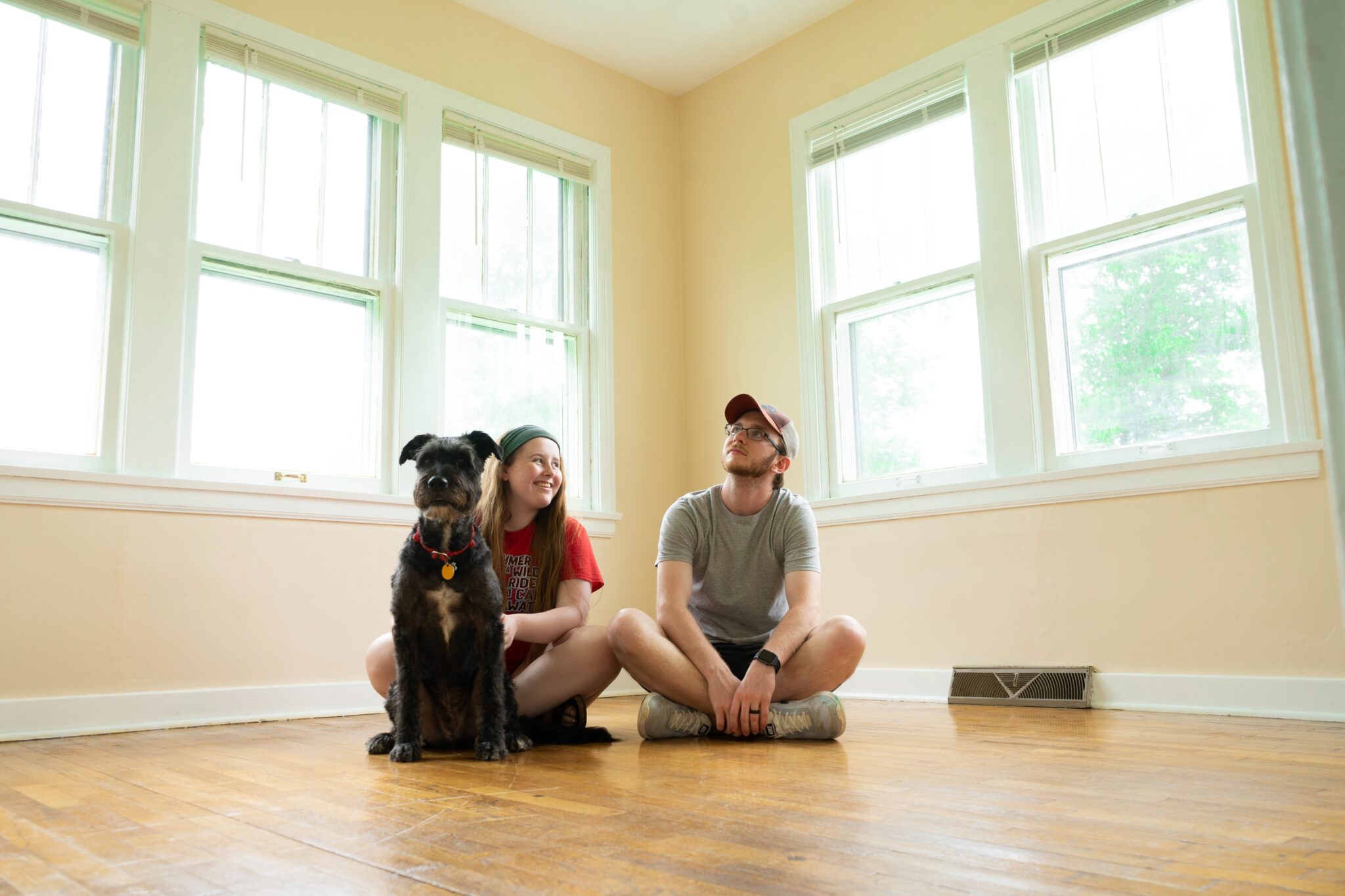
Who are modern first-home buyers in Australia?
It is taking longer and longer for most Australians to get into their first home. So, who are the first-home buyers able to crack the market now?
Data from the Australian Bureau of Statistics reveals some interesting facts about modern first-timers that may surprise you.
First-time buyers are still young… but getting older
Compared with changeover buyers – those buying their second or subsequent home – first-home buyers are much younger.
More than half are aged between 25 and 34, which is the traditional age many would expect Aussies to purchase their first property.
Changeover buyers, by contrast, are generally purchasing homes in their 30s, 40s and 50s.
But the ABS data shows more than a third of recent first-home buyers are aged over 35. This illustrates how increasingly difficult it is for Aussies to get on the property ladder.
In line with this, first-time buyers are older than they were in the past. A generation ago, the typical first-home buyer was aged in their mid-20s.
The increase in home prices, up 350% in capital cities since 1990, has made saving a deposit fairly onerous. Amassing 20% of the purchase price of your first home can now take many years.
First-time buyers don’t have smaller families or home sizes
Somewhat surprisingly, by the time first-home buyers purchase, they tend to have similar-sized families as other buyers – on average 3.2 people.
And the homes they buy tend not to be much smaller.
Both first and repeat buyers purchase homes with between three and four bedrooms, on average.
First-home buyers appear to have higher incomes… but it’s not the full story
First-home buyer households report higher incomes than other buyers, which might be surprising.
More than half of first-timers are in the top two quintiles of disposable income. This is reflective of the financial resources needed to save a deposit on a first home at current prices.
But the comparison with other buyers is a little deceptive.
A good portion of changeover buyers are retirees who are relocating or downsizing. They often have low incomes, which pull down the distribution.
A quarter of changeover buyers have no employed people in their household – and around 30% rely on government pensions or ‘other’ income as their main source of income.
These buyers are likely to be asset-rich but income-poor.
First-timers purchase cheaper homes… and spend more of their income on housing.
Reflecting the financial challenges for first-home buyers, they buy properties that cost 75% as much as other buyers, on average.
For those that bought in the three years before 2019/20, that led to an average amount paid of just over $600,000.
That number no doubt grown over the past two years.
Meanwhile, changeover buyers bought properties that averaged $850,000 over the same period.
First-time buyers spend on average 18% of their income on housing costs, according to the ABS survey. This is much more – almost twice as much – as other buyers.
This further reinforces the reality that many first-home buyers are stretching the limits of affordability when getting onto the first rung of the housing ladder.
To get into the market, first-timers purchase further from cities
It is difficult to get an idea of where first-home buyers end up purchasing.
But data about participants in the First Home Loan Deposit Scheme – which is not necessarily representative due to its purchase price and income limits – offers some insight.
In expensive markets like Sydney and Melbourne, first-home buyers end up quite far from the centre of the city.
In Sydney, almost 60% of buyers were 30km or more away from the CBD, while in Melbourne, close to half of the buyers ended up 30km or more from the city.
By contrast, in cities such as Adelaide, Brisbane, and Hobart, many buyers using the First Home Loan Deposit Scheme were still able to purchase in fairly close proximity to the city.
Will it get easier for first-home buyers?
While first-home buyers have been getting older, later entry into the housing market isn’t all about affordability.
More Australians are attaining university education, and marrying and having children later in life. Some of this likely reflects changing societal norms, but some are likely driven by the difficulty of buying a first home.
Many people still aspire to have the security of homeownership before moving on to other large life milestones.
Conditions look likely to ease somewhat for first-time buyers. Home prices are now falling across much of the country. Lower prices will, to some extent, ease the deposit burden that many contend with.
Newer government policies that target the deposit burden are welcomed. The First Home Loan Deposit Scheme, now named the New Home Guarantee, allows 10,000 first-home buyers to purchase with as little as a 5% deposit, and without paying mortgage insurance.
The proposed Help to Buy scheme will see the Federal Government share the purchase price of new buyers, up to 30% of existing homes, with a deposit as small as 2% needed. Many state governments have announced similar shared equity schemes.
But at the same time, higher interest rates are pushing up repayment costs. As we have seen, housing costs for first-home buyers are almost twice that of other buyers, so this won’t be welcome news for many.
Source: Realestate.com.au